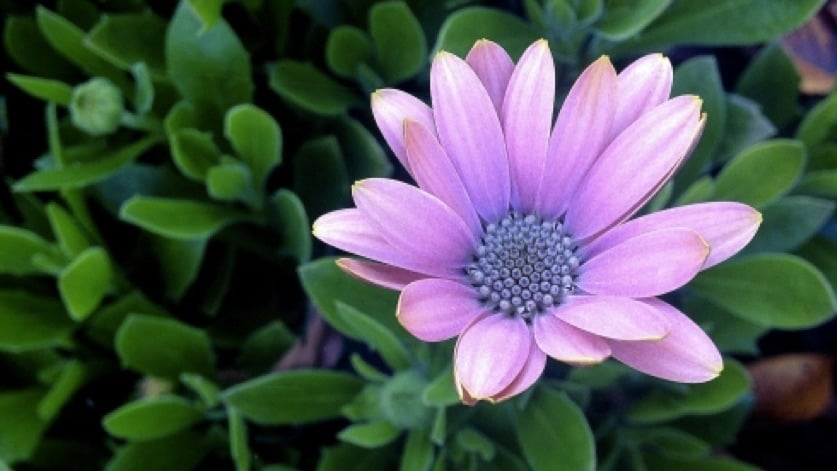Nature Journaling encourages families to adopt the role of naturalists as they write and draw about the natural world around them. By capturing observations in word and art, the student’s nature journal offers the opportunity to experience connection with the natural world and build writing skill in the areas of vivid description, precise vocabulary, note-taking, and organization of thinking.
Nature journal writing is akin to capturing “thinking out loud” as participants learn to record their thoughts and observations in a changing landscape. Keen observation of this sort forms a foundation for all vivid writing, so writers can expect to leave this class with skills that will transfer to other genres of writing.
Syllabus
Week One
Families set up their nature journals and build keen observation skills by investigating in the backyard.
Week Two
Students explore different journaling styles and expand their observation skills as they head to a new location.
Week Three
Families head out for a “journaling while hiking” experience and dive into ways to enrich their writing experience in the form of field guides and other descriptive writing.
Week Four
Participants spend the final week exploring ways to keep the journaling habit going and celebrate the rich and meaningful writing project they’ve produced over the last weeks.
Common Core and Academic Standards Support
What follows is a word bank and set of skills associated with this class. Use them to craft your own learning narrative for use in year-end evaluations, charter school reports, or any other accountability source.
Word Bank
- Compare and contrast
- Field guide
- Field journal
- Keen observation
- Metaphor
- Naturalist
- Plant anatomy
- Precise vocabulary
- Record keeping
- Sensory detail
- Vivid imagery
- Visual elements in writing
Core Skills
- Categorize natural findings
- Consult reference material to aid in identification of objects in nature
- Compare and contrast different objects in nature
- Create a guide to enable others to encounter nature
- Determine relevant details to record in a changing scene
- Evaluate color, texture, sound, and other sensory elements to aid in identification of objects in nature
- Observe a setting and record details
- Use precise vocabulary to label objects found in nature and scenes
- Write detailed, organized, structured original narratives
